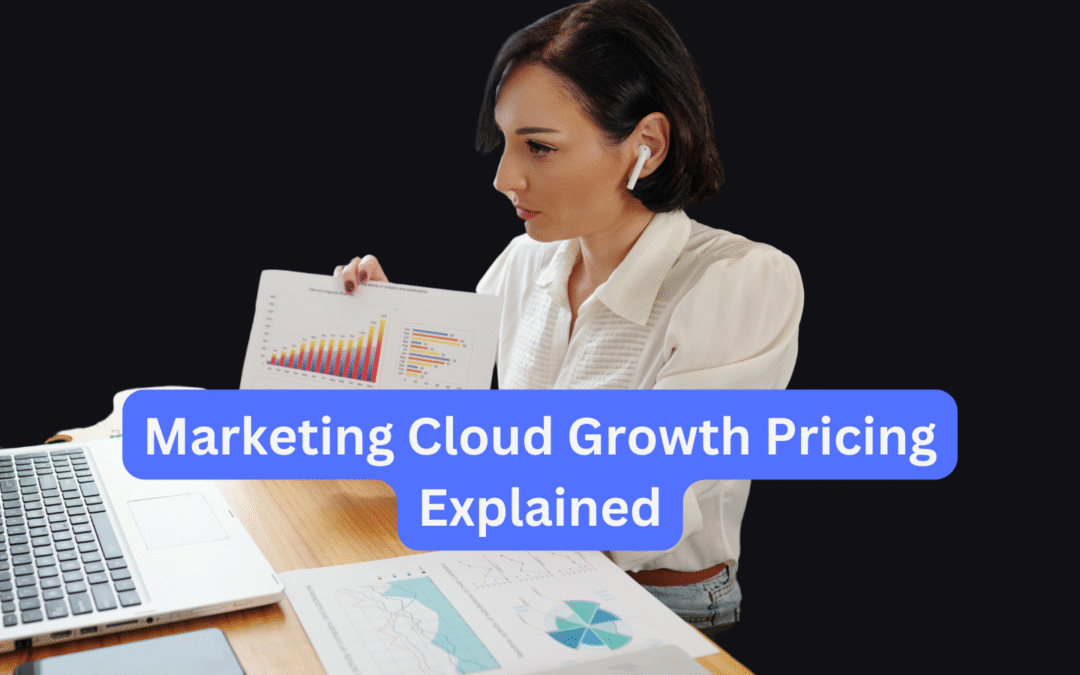What Is Marketing Cloud Growth Pricing—and Why It Matters
Marketing cloud growth pricing refers to the cost structures that marketing cloud providers use to scale services as your business grows. Unlike flat-rate tools, these solutions evolve with your needs—offering flexible pricing based on usage, contacts, or features.
As businesses rely more on automation, AI, and customer journey orchestration, understanding marketing cloud growth pricing becomes critical. A scalable model ensures that you’re paying only for what you need—and expanding without disruption when it’s time to level up.
How Pricing Models in Marketing Clouds Typically Work
Marketing clouds like Salesforce, Adobe, Oracle, and HubSpot use various pricing mechanisms:
-
Tiered Packages – Costs increase based on features or contacts.
-
Pay-as-you-go Models – Flexible, usage-based pricing that can grow fast.
-
Modular Add-ons – Base subscription + individual tools or features.
Marketing cloud growth pricing ensures you can start small and scale without switching platforms—a key advantage for growing startups and enterprise teams alike.
Top Platforms Offering Marketing Cloud Growth Pricing Models
Understanding the leading platforms can help you benchmark which offer the best value:
1. Salesforce Marketing Cloud
Offers a highly scalable suite with data cloud integration and generative AI support. Pricing depends on contacts, features, and API usage.
2. Adobe Experience Cloud
Modular and enterprise-grade, Adobe charges based on feature access, usage limits, and cloud data services. Growth pricing tiers are customized per business.
3. HubSpot Marketing Hub
A small business favorite, HubSpot’s marketing cloud growth pricing focuses on contact tiers and automation access. Great for scaling teams.
4. Oracle Marketing (Responsys & Eloqua)
Oracle provides advanced segmentation and enterprise tools, but pricing varies widely. Most plans require a sales conversation.
Key Factors That Influence Marketing Cloud Growth Pricing
1. Contact Volume
Most marketing cloud growth pricing tiers increase with your contact database. Managing active vs. total contacts can help reduce costs.
2. Email Sends & Automation Triggers
Some platforms charge based on email volume or triggered actions in automation flows. Optimizing for efficiency here saves money.
3. Data Storage and Integrations
The more connected your marketing stack, the more cloud storage and data syncing is required—affecting overall pricing.
4. Advanced AI or Personalization Features
AI-driven personalization is powerful—but typically adds a premium to base marketing cloud growth pricing.
Real-World Examples of Marketing Cloud Growth Pricing
Case Study: SaaS Startup Scaling to 1M+ Users
A fast-growing SaaS company began on a $400/month HubSpot plan. Within 18 months, they upgraded to the $1,200/month tier after expanding segmentation, automations, and analytics. Growth pricing allowed them to scale without tech debt or migration issues.
Case Study: E-commerce Brand Using Salesforce Marketing Cloud
An international e-commerce brand started with 50K contacts and grew to 500K. Marketing cloud growth pricing allowed them to scale seamlessly while adding Journey Builder, Einstein AI, and real-time triggers.
Advantages of Growth-Oriented Marketing Cloud Pricing
-
Scalability – Start lean and grow as your team, audience, and campaigns expand.
-
Custom Flexibility – Choose only what you need (modules, triggers, contacts).
-
Predictable Spend – Most vendors offer calculators or projections based on growth.
Proper understanding of marketing cloud growth pricing also helps teams avoid overpaying for unused features or contacts.
Challenges and Pitfalls to Avoid
-
Hidden Fees – Watch for API usage limits, data caps, or add-on fees.
-
Complex Contracts – Enterprise vendors may offer opaque growth pricing that requires legal review.
-
Overbuying Features – Many companies pay for automation or AI tools they never fully adopt.
Choose vendors who are transparent and align pricing with actual outcomes.
How to Forecast Your Marketing Cloud Growth Pricing Costs
To project future spend, consider:
-
Expected list growth (contacts/year)
-
Email volume and campaign frequency
-
Planned automations and integrations
-
Expansion into new markets or teams
Many platforms offer ROI calculators or simulation tools—use these during vendor selection.
Comparing Vendors: Transparent Pricing vs. Sales-Only Models
| Vendor | Starting Price | Growth Pricing Transparency | Strength |
|---|---|---|---|
| Salesforce | Custom | Low – Requires sales call | Scalability |
| HubSpot | $20–$800/mo | High – Transparent tiers | SMB-friendly |
| Adobe | Custom | Low | Enterprise power |
| Zoho | $23+/mo | High – Tiered by features | Affordable |
| Klaviyo | Free–$2,000+ | High | E-commerce tailored |
Should You Start with a Free or Lite Version?
Many platforms offer free versions. But beware: these may not include essential features like automation, segmentation, or reporting.
Marketing cloud growth pricing often rewards early commitment, especially with discounts for annual contracts or usage forecasts.
The Future of Marketing Cloud Growth Pricing
In 2025, we expect trends like:
-
AI-based pricing optimization
-
Usage-based billing across features
-
Dynamic pricing models for seasonal marketing needs
These trends will continue to shape how marketing cloud growth pricing evolves, with a strong shift toward flexibility and customization.
How Webomo Helps You Optimize Marketing Cloud Spend
At Webomo, we guide scaling businesses through the marketing cloud selection and optimization process. From CRM alignment to automation design and pricing forecasts, we help you:
-
Choose the right vendor
-
Set up scalable, measurable systems
-
Avoid overspending on underused features
Our growth consultants specialize in marketing cloud growth pricing strategies that adapt as you scale.
Smarter Scaling with the Right Pricing Model
Marketing cloud growth pricing doesn’t have to be confusing. With the right knowledge and support, you can scale confidently—without paying for tools you don’t need.
Evaluate your growth path, align features to goals, and partner with experts to maximize your marketing ROI.

AUTHOR
Tomasz Jóźwiak
Growth Marketing Strategist | Founder at Webomo
I'm Tomasz Jóźwiak, a growth marketing strategist and the founder of Webomo. Over the past decade, I’ve helped startups, scale-ups, and established brands drive measurable growth through full-funnel strategies, performance marketing, and conversion optimization.
I believe in data-driven experimentation, fast execution, and full transparency—because real growth is about more than just vanity metrics.
👉 Let’s connect on LinkedIn or check out Webomo’s growth marketing work.

Fueling Growth with Strategy
Questions?
Ask any question about identifying new growth opportunities for your company.
